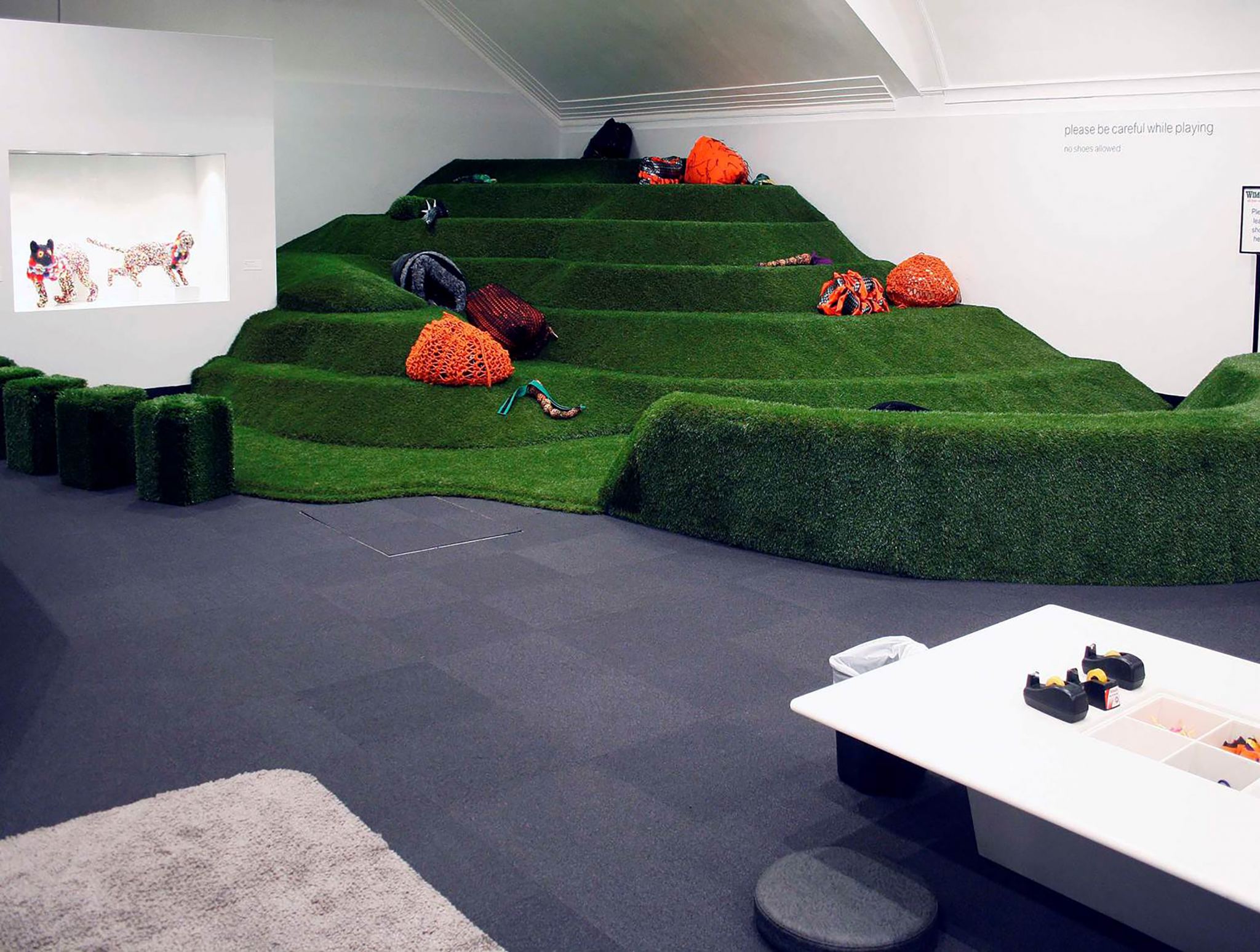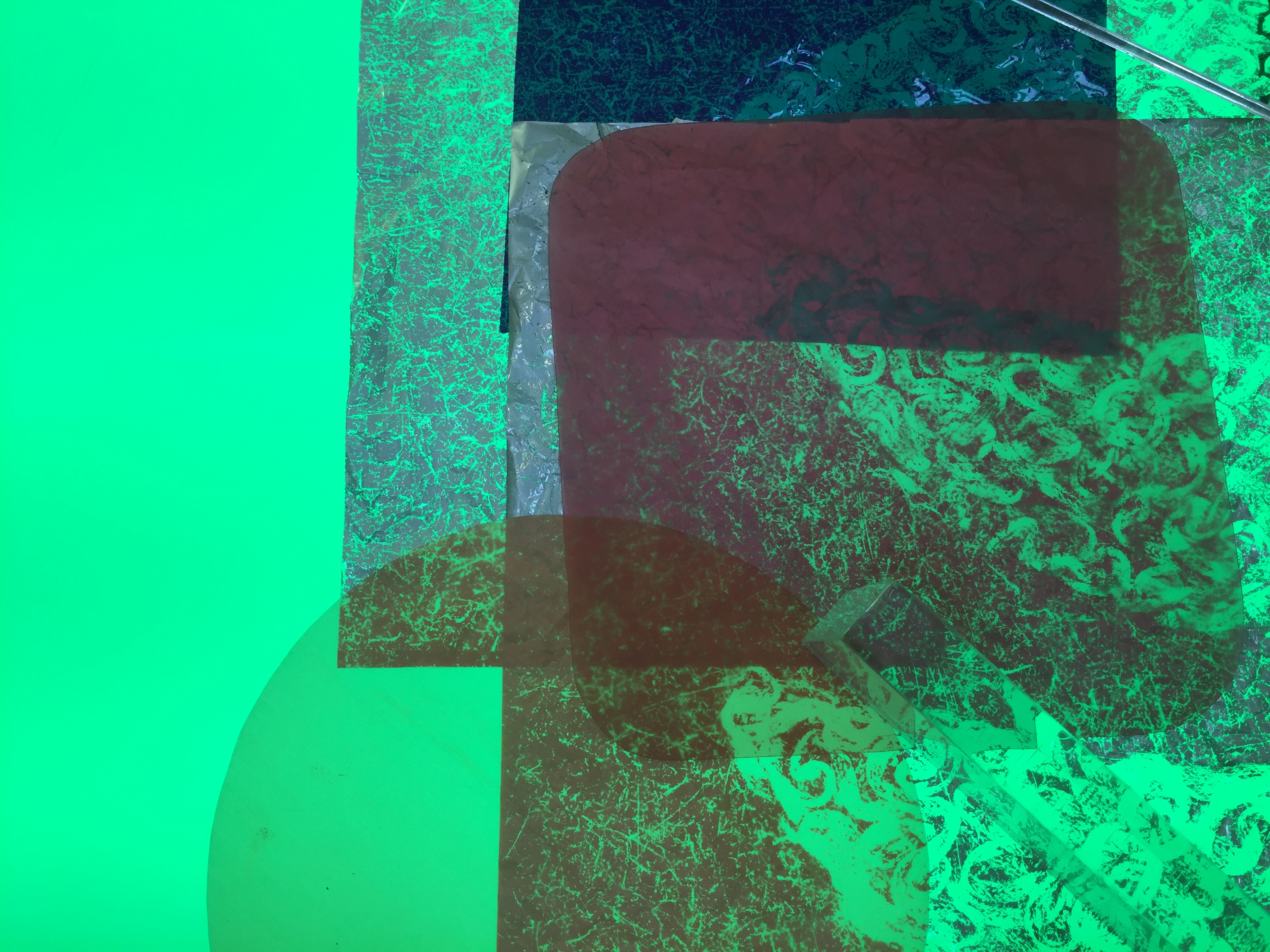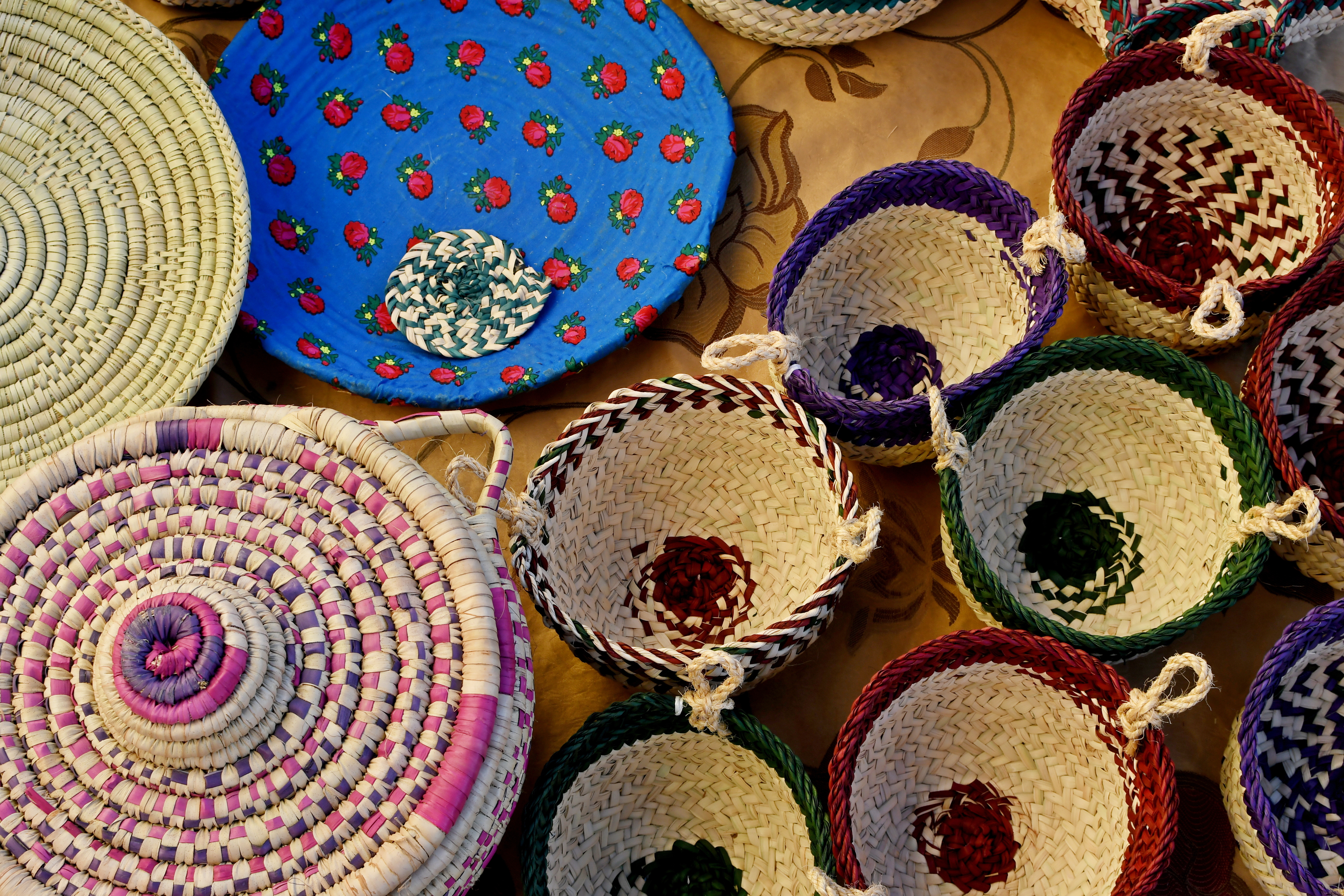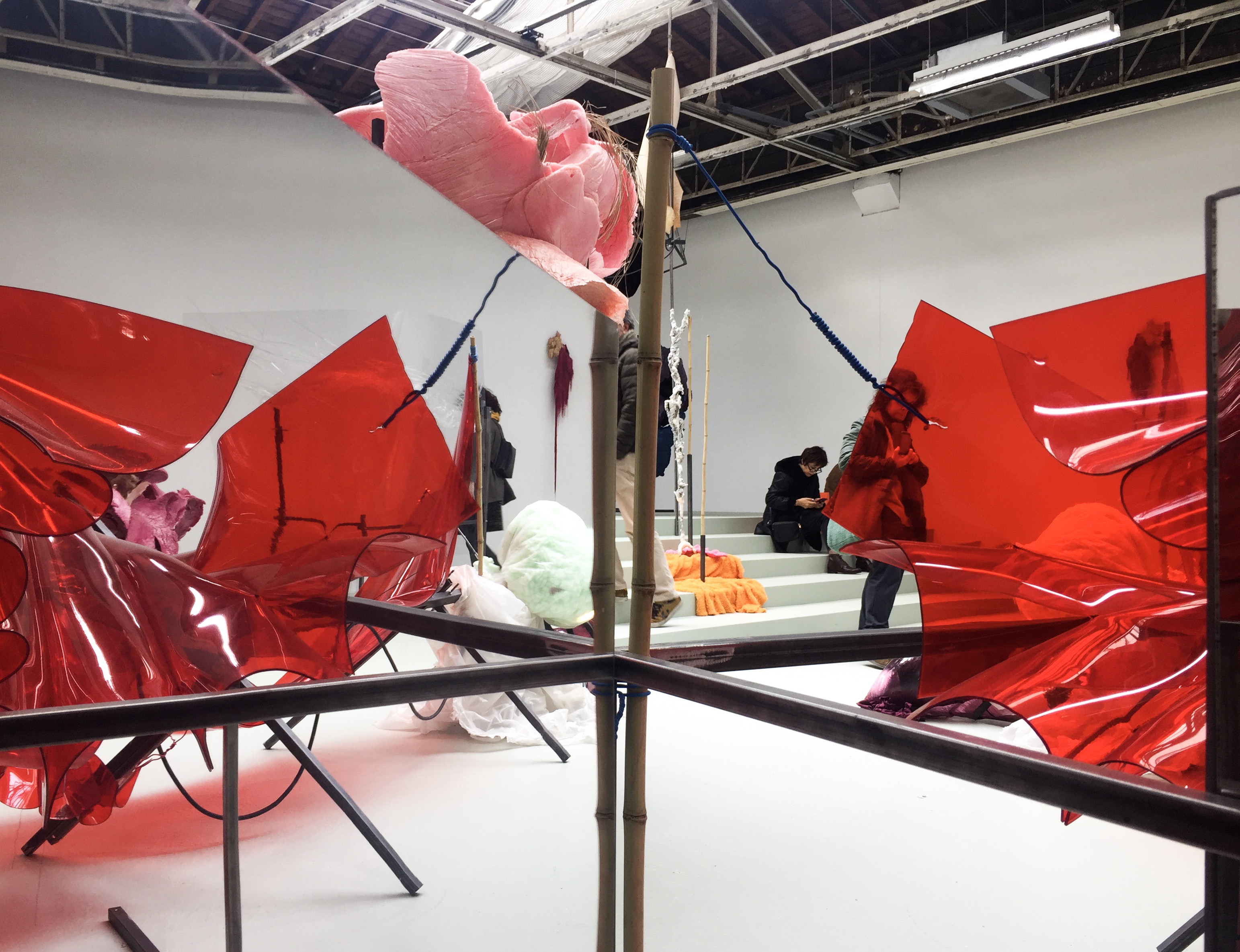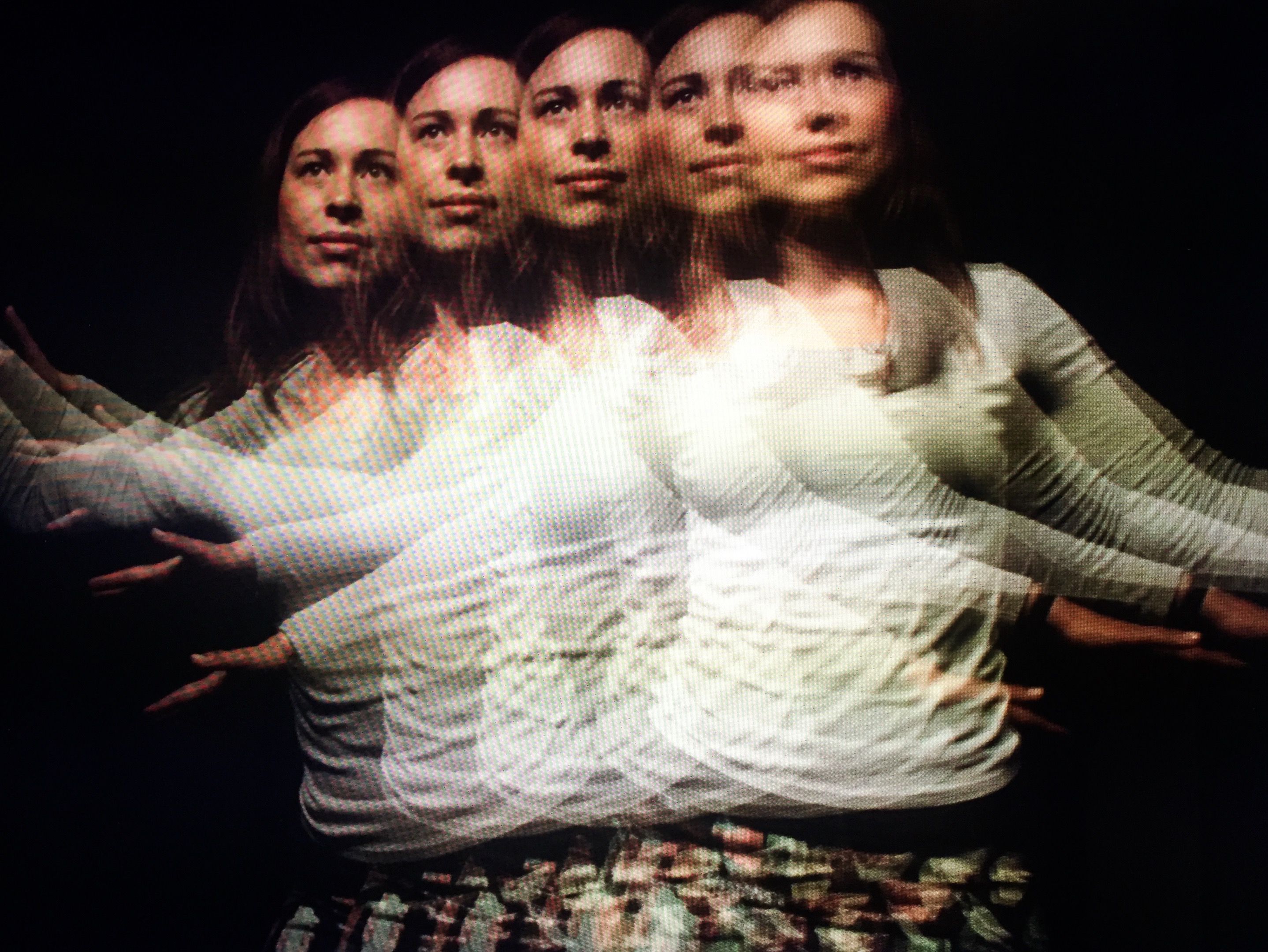*This is an updated version of a post originally published in May 2018* If you are a teacher in the Northern Hemisphere, the new academic year is heating up. The paper work may be piling up too… A LOT! Education apps can help with that. Apps can be used to digitally document and collate children’s learning. These records can then be easily shared with other students, educators and parents – helping to grow a community that fosters learning. However, at their worst, apps can also encourage a culture of surveillance and control of children’s lives – it depends on how they are being used! In this post, I talk about why documenting and reflecting on children’s learning is important, including how apps can be used to support this process in a positive way. I review five apps: Seesaw, Class Dojo, Google Classroom, Storypark and Artsonia to discuss how these can…
The Ipswich Art Gallery, Australia
This post features the children’s exhibition program at the Ipswich Art Gallery, Australia. From 2011-2015 I worked as a children’s curator at the Ipswich Art Gallery in Queensland, Australia. The Ipswich Art Gallery is a special place for children’s creative learning with a well established program for young children and their families. The city of Ipswich is home to a very diverse and predominantly low socio-economic community. The art gallery is currently one of the most visited in regional Australia. In my travels around the world, I have never come across anything quite like it. Over the past 15 years, the Ipswich Art Gallery has developed and presented over 40 in-house children’s exhibitions. The children’s program is informed by a set of guiding principles that include: Children’s exhibitions are curated for children not adults and Learning begins with creative play. The Children’s Gallery is open daily from 10am-5pm with almost all activities being…
4 organisations exploring materials in innovative ways
This is a follow up to my recent post on the role of materials in children’s learning through art. If you have not read this already, I recommend checking it out before reading on. Here I present four different organisations – a university research centre, a design consultancy, a creative recycle centre and a children’s art studio – who are all exploring materiality in new and experimental ways. I selected these organisations as I am interested in thinking about how materials are being researched and considered in a collective way, among groups of people with diverse interests, skills and expertise. MIT Media Lab: Mediating Matter group (USA) I am a massive fan girl of the MIT Media Lab. For those of you who are not unfamiliar with this university research centre, it is an interdisciplinary lab ‘that encourages the unconventional mixing and matching of seemingly disparate research areas’ (MIT website, 2018).…
3 tips for scaffolding children’s play with materials
Children’s play with materials is important as it allows them to think and learn in different ways. As a child’s creativity is always limited by what they do and do not know, scaffolding can open up new opportunities for more complex learning over time. Scaffolding is a term that was first coined by Vygotsky (1978) who described the process as something that allows children to move their current level of understandings to a more advanced one. This process helps children to undertake activities that they usually would not be able to without the help of others. Teachers and parents often do a lot of scaffolding in children’s lives. They teach children how to brush their teeth, share with others and read. Children’s peers, technology and information resource like a YouTube video can also scaffold children’s learning in different ways. Scaffolding is important in children’s play with materials as it allows…
3 books on documenting children’s learning
Documenting children’s learning is a brilliant way to make creative and critical thinking processes visible. Documenting is also a great way to debate the assumptions, ethics and politics that shape education practices. This process can then be used to deepen and complexify education practices towards children (Krechevsky et al. 2013). Different terms are used to describe the process of documenting children’s learning around the world (Pacini-Ketabaw et al., 2015). For example, in England, the process is often referred to as ‘learning journeys,’ in Italy and parts of Scandinavia it is ‘pedagogical documentation’ and in Canada ‘pedagogical narration.’ It makes sense that different terms have been created as documenting children’s learning varies significantly in different contexts. Below are three of my favourite books on documenting children’s learning. Each book has been written in a different country (America/Italy, Canada and Sweden) and generates diverse theoretical and practical perspectives on the topic. I hope…
Sharon Shaffer discusses children’s learning with museum objects
Young children have become an increasingly important audience for museums around the world. While many cultural institutions offer something for children, approaches and practices towards this audience vary dramatically across the sector. In this post, early childhood and museum education specialist Sharon Shaffer shares her top tips for connecting young children with museum objects. Sharon was Director of the Smithsonian Early Enrichment Centre (SEEC) for 24 years. The SEEC is a lab school in Washington D.C. with a museum-based curriculum. Children attending the Centre visit and learn in the various Smithsonian museums every day. The post begins with Sharon telling us a little bit about her background in museums and education. The two of us then discuss topics such as the importance of scaffolding in children’s learning, how learning can be evaluated in museums and the need for flexibility in the design of early year’s education activities. Sharon’s background in…
Children’s creative learning through the art of Daiga Grantina
This post looks at Daiga Grantina’s installation ‘Toll,’ to consider how the sculpture could be used to design a children’s material-play environment. I am still recovering from the awesomeness of all the modern and contemporary art I encountered on my recent trip to Paris. A highlight was seeing Daiga Grantina’s gigantic, multi-media sculpture, ‘Toll’ at the Palais de Tokyo. In this post, I take a closer look at Daigna’s experimentation with materials in the installation. I then consider how this could be used as a starting point for children’s creative learning. This post is part of a four-part series looking at artist’s innovative ways of working with materials and how this can be used to support children’s creativity. The first two posts looked at the art of French sculptor, César Baldaccini and American textile artist, Sheila Hicks. Check them out if you have not already! Daiga Grantina is a Latvian-born…
How to use artworks in children’s art activities
Artworks can support children in imagining the world differently. I draw upon the work of Maxine Greene and John Dewey to explore the proposition that children’s learning through artworks has the potential to challenge dominant discourses, opening up new ways of thinking and being. There is also a resource list for educators and parents interested in incorporating artworks into children’s learning. “It is not that the artist offers solutions or gives directions. He nudges; he renders us uneasy; he makes us (if we are lucky) see what we would not have seen without him. He moves us to imagine, to look beyond” Maxine Greene (2000, p. 276). Artworks can be used in many ways for many different reasons in learning contexts. They offer rich possibilities for experiencing and imagining the world from new and multiple perspectives. Visual art as well as the arts more generally, have the ability to make people aware of…
5 great children’s spaces in the Bay Area, California
I was fortunate enough to recently spend a month in California, mainly in and around San Francisco. During this time I visited a handful of children’s learning spaces and met with a bunch of lovely, passionate people working in both formal and informal learning contexts. The places listed below are places that I visited or that came highly recommended. I hope you find these equally as inspiring as I did! The Brightworks School Founded by Gever Tulley who also started The Tinkering School, Brightworks is a project-based learning heaven that ‘weaves learning and life experiences together.’ In the every day runnings of the school, children are put into mixed-aged group teams and encouraged to investigate real-world problems collectively. ‘The Arc’ (I interpret this term to mean the pedagogical principles that drive the learning processes at the school) consists of three phases: exploration, expression and exposition. Learners move through these cycles, allowing for…


